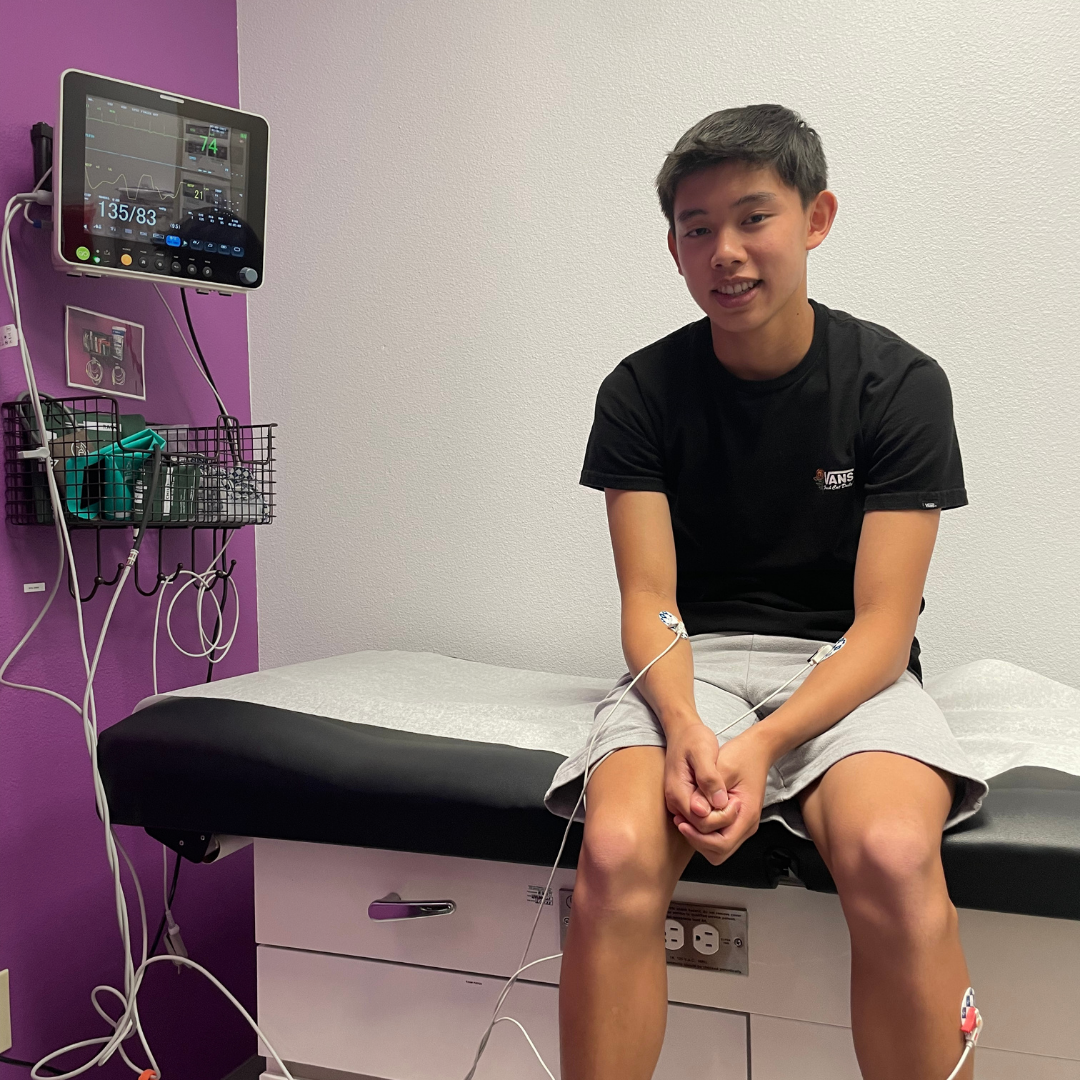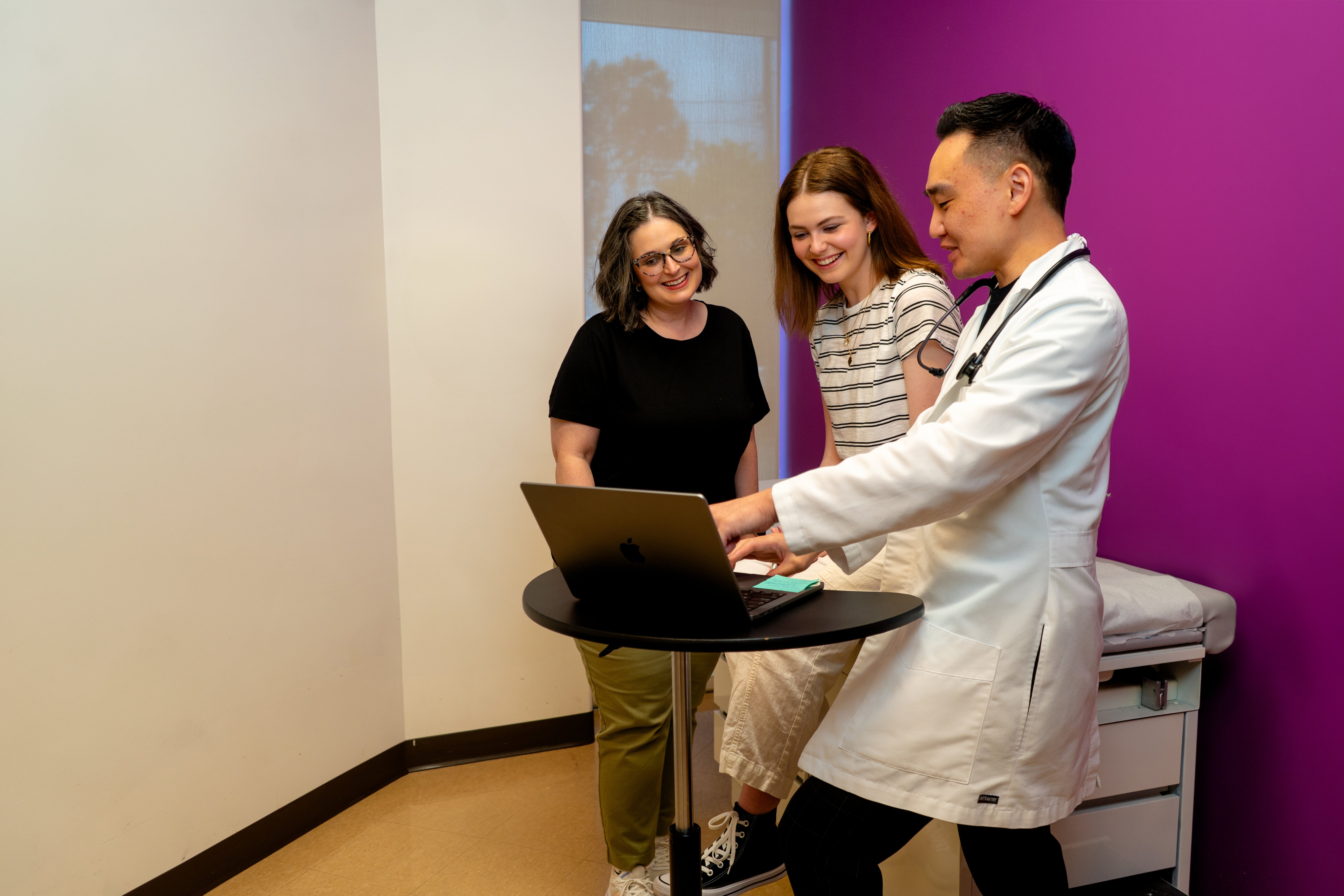Food allergies affect millions worldwide, with reactions ranging from mild discomfort to severe, life-threatening anaphylaxis. As a parent, deciding if and when to start treatment for your child can feel overwhelming. The Tolerance Induction Program™ (TIP) at Food Allergy Institute offers a structured, science-backed approach...
RESOURCES

From a young age, Isaiah K. suffered from 23 food allergies— including egg, peanut, all tree nuts, legumes, and shellfish. Along with extensive food allergies, Isaiah also manages eczema and asthma.

A groundbreaking study on the Tolerance Induction Program™ (TIP) published in the Journal of Allergy and Clinical Immunology promises a life free from food allergy anxieties and limitations for those with severe cow’s milk allergies.

Why I Embarked On This Journey Embarking on TIP to combat my peanut and tree nut allergies has been a journey driven by the desire for a more liberated and fulfilling life. For years, these allergies have been a constant source of anxiety and limitation, affecting my daily choices and experiences.

When you have food allergies, it can be a challenge to find safe restaurants, groceries, and other helpful resources. Fortunately, there are several mobile apps designed specifically for people with food allergies to help your family stay safe. Here are 4 of our favorite apps for navigating your food allergies.

Welcome back to my blog, where I continue to share my “food freedom” journey! After conquering one nut after another, I faced my toughest challenge yet: peanuts.

Planning a family vacation is stressful for any parent, but once you factor in your child’s food allergy it almost seems impossible. Don’t let the challenge intimidate you from enjoying the summer with your family. Plan your way to a worry-free vacation with these five food allergy travel tips.

Read the first part of the inspiring journey of Evan Upatham, a high school senior from San Diego, who remarkably overcame his severe nut allergies. Evan’s story is a testament to resilience, perseverance, and the transformative power of medical innovation with the Tolerance Induction Program™ (TIP) at Food Allergy Institute...

By offering a comprehensive and proactive approach to allergy management, TIP not only enhances the quality of life for affected children but also alleviates the burden on their families. Physicians must consider the benefits of a referral to TIP which provides access to allergy, pulmonology, and immunology specialists (...

The fight against life-threatening food allergies requires innovative solutions that challenge the status quo. Traditional methods often fall short, leaving families in a constant state of fear and vigilance. The Tolerance Induction Program (TIP) offers a groundbreaking approach, providing hope and safety for those affected....